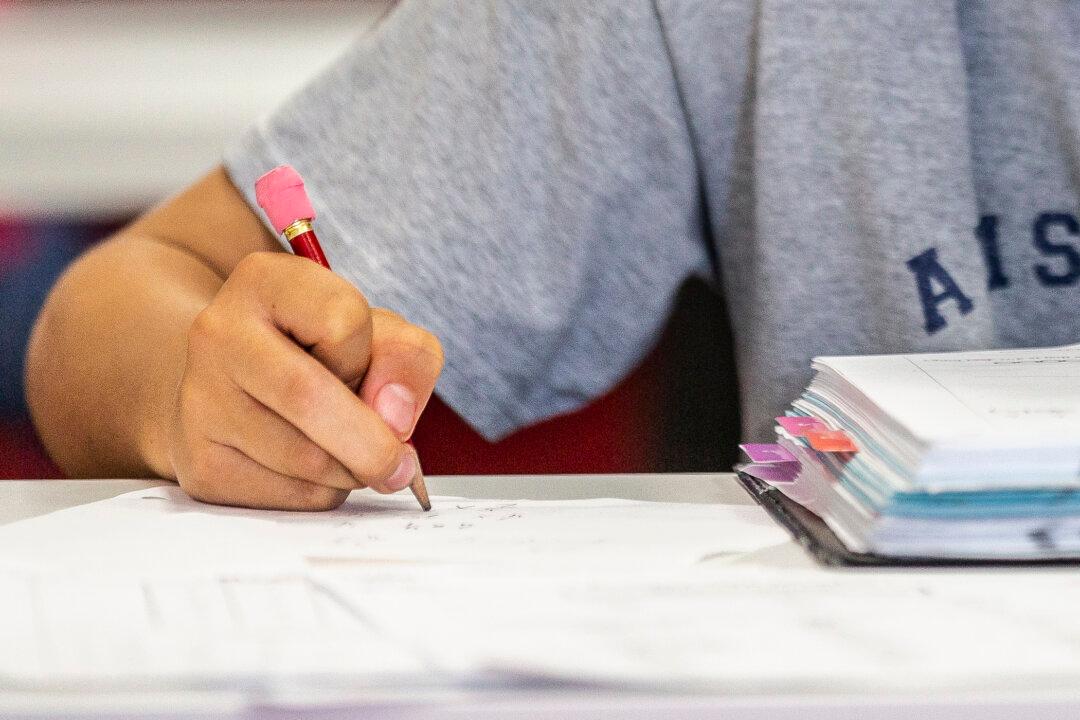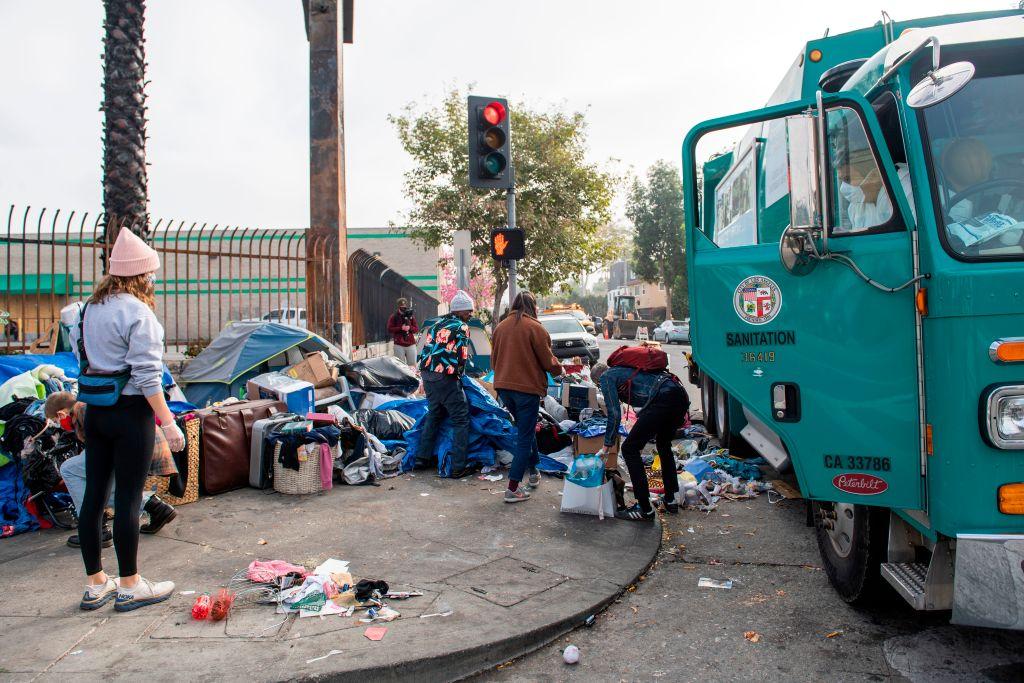Commentary
The state of New York has decided to lower what it calls “proficiency” standards in math and English language arts for students in grades three through eight. The reason for this is a drastic drop in student scores on statewide tests from 2019 to 2022. In Schenectady, New York, alone, not one eighth-grader scored “proficient” on the statewide math test in 2022.





